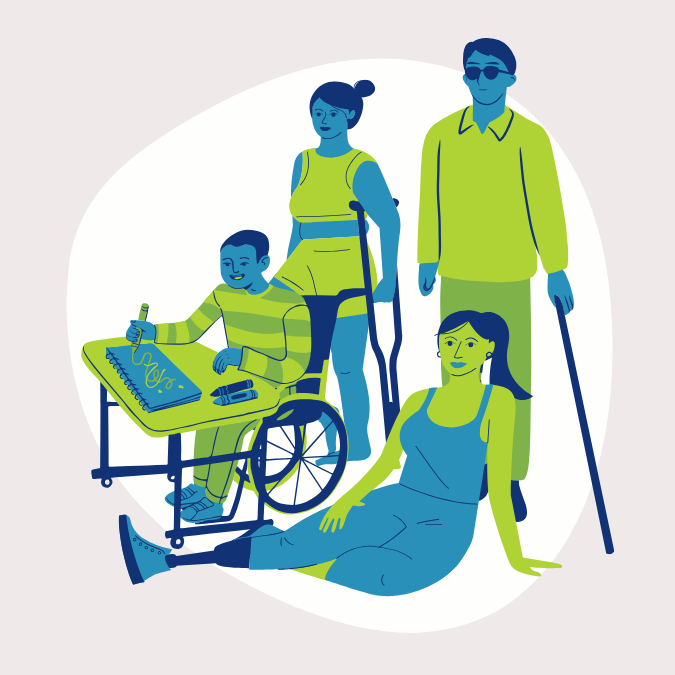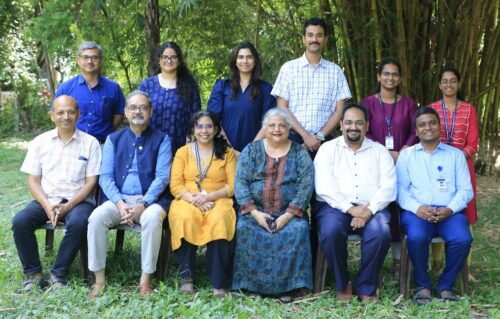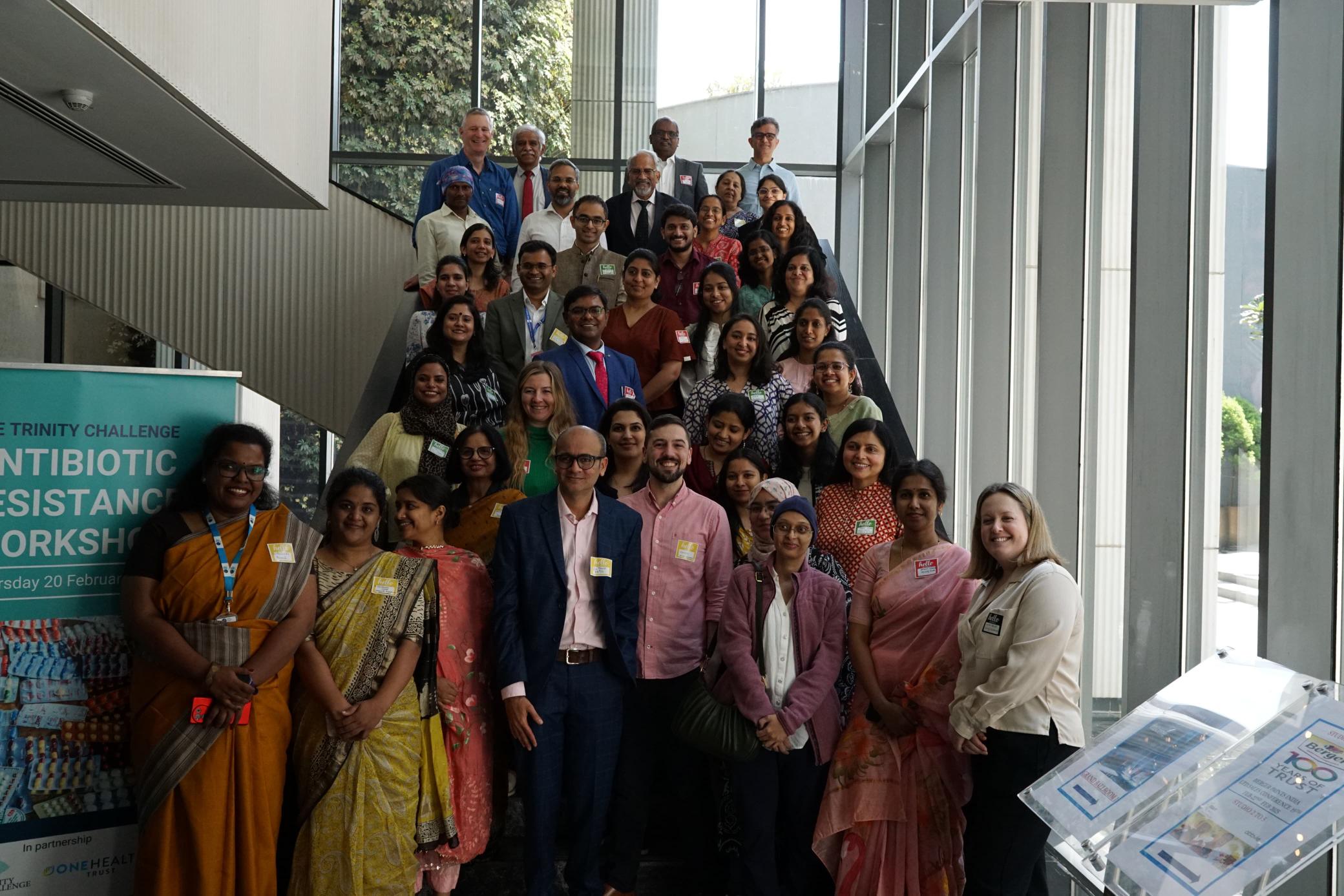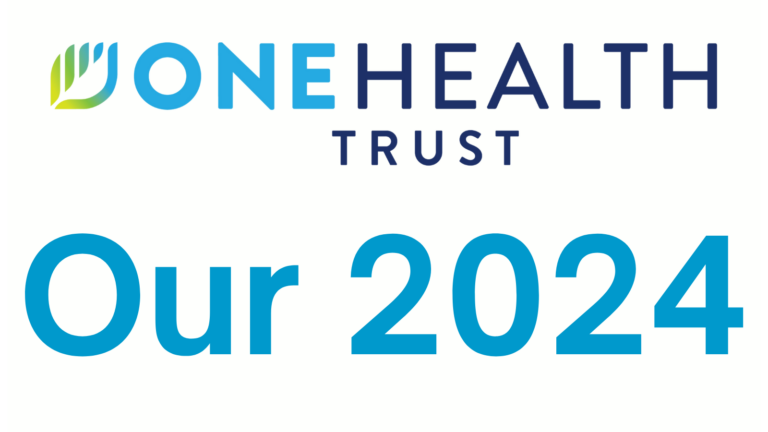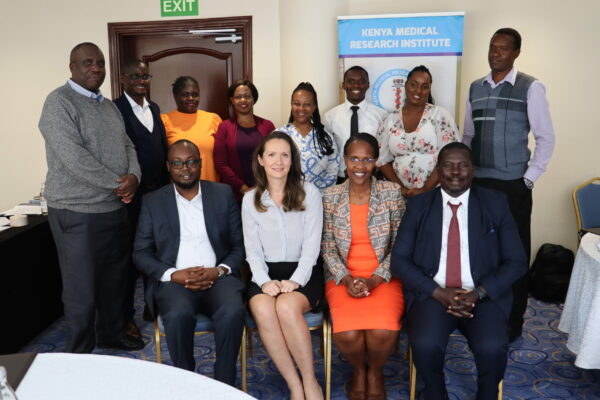June 24, 2017
CDDEP researchers previously participated in the Malaria Atlas Project, a spatial database that combines medical intelligence and climate data to track malaria transmission and prevalence. Using a bioeconomic model of malaria transmission and the evolution of drug resistance to define optimal treatment strategies, they are developing a strategic plan to tackle the disease. Regional, cross-border coordination is essential to slow both transmission and the spread of drug-resistant malaria strains.
ACTs, artemisinin-based combination therapies, are effective and can limit the development of further resistance to a valuable antimalarial, but they are expensive. CDDEP researchers estimated the impact, cost, effectiveness, and cost-effectiveness of an ACT subsidy for malaria treatment targeted at children. Because the vast majority of malaria deaths occur in children, targeting children could potentially improve the cost-effectiveness of the subsidy, though it would avert significantly fewer deaths. The researchers found that the benefits of a child-targeted subsidy (i.e., deaths averted) are eroded as leakage (i.e., older individuals taking young child-targeted doses) increases, with few of the benefits of a universal subsidy gained (i.e., reductions in overall prevalence). Subsidies for ACTs targeted at children could be effective and save costs, but this would depend on how much leakage of the drugs to adults occurs.
Eliminating Malaria
The long-term agenda for malaria, as described by the Roll Back Malaria Partnership, is global malaria eradication. Eradication means that malaria parasites are no longer circulating anywhere in the world. The road to eradication involves elimination from every country of the world, which involves ending malaria transmission until only a few imported cases remain.
Today, many countries are asking whether they should commit to malaria eradication. CDDEP researchers are involved in malaria elimination feasibility assessments to help countries understand what it takes to achieve elimination so they can make an informed decision. They are also helping to set a global agenda for research and implementation that ends malaria for good.
Do Antimalarials Work?
CDDEP researchers have estimated that many antimalarials sold in sub-Saharan Africa—potentially up to 35 percent—are poor-quality (falsified, substandard, or degraded), and the burden of disease caused by this problem is inadequately quantified.
ACTs—artemisinin-combination therapies—are the current standards in first-line malaria treatment for all but severe cases. Since the loss of chloroquine—after nearly 50 years of effectiveness—to the spread of drug-resistant strains of the malaria parasite, the message has come home that the artemisinins—the backbones of ACTs—must be protected from resistance development. That has led to the now-accepted dictum that artemisinins should only be used when combined in a single pill (or liquid) with another effective antimalarial.
CDDEP researchers have contributed to understanding the degree of protection that ACTs would provide in comparison with artemisinin monotherapy. They also have been intimately involved with the establishment of a financing mechanism—the Affordable Medicines Facility-malaria (AMFm)—to expand financial access to ACTs, unique because it acknowledges and builds on the role of the private sector in supplying malaria drugs.



